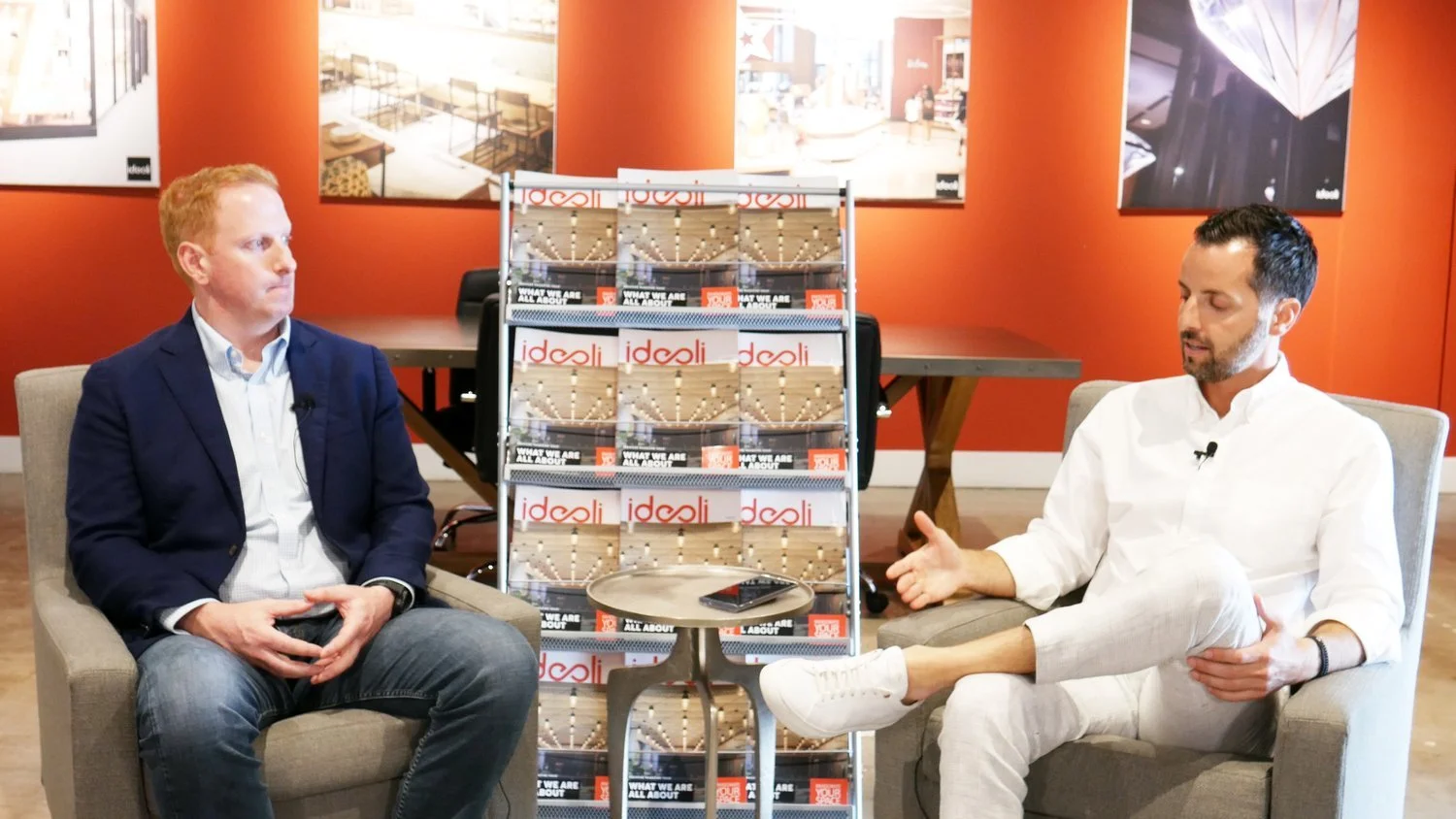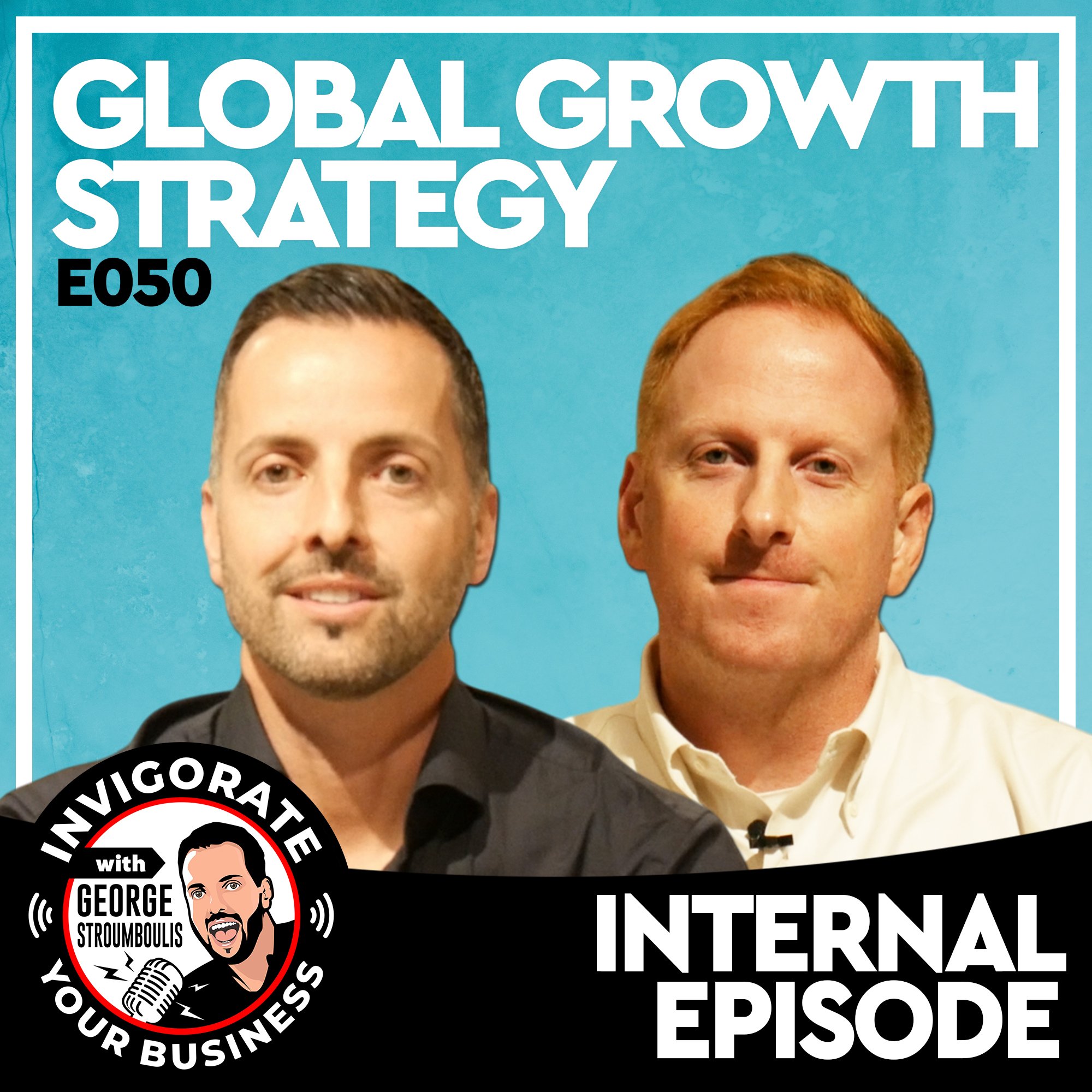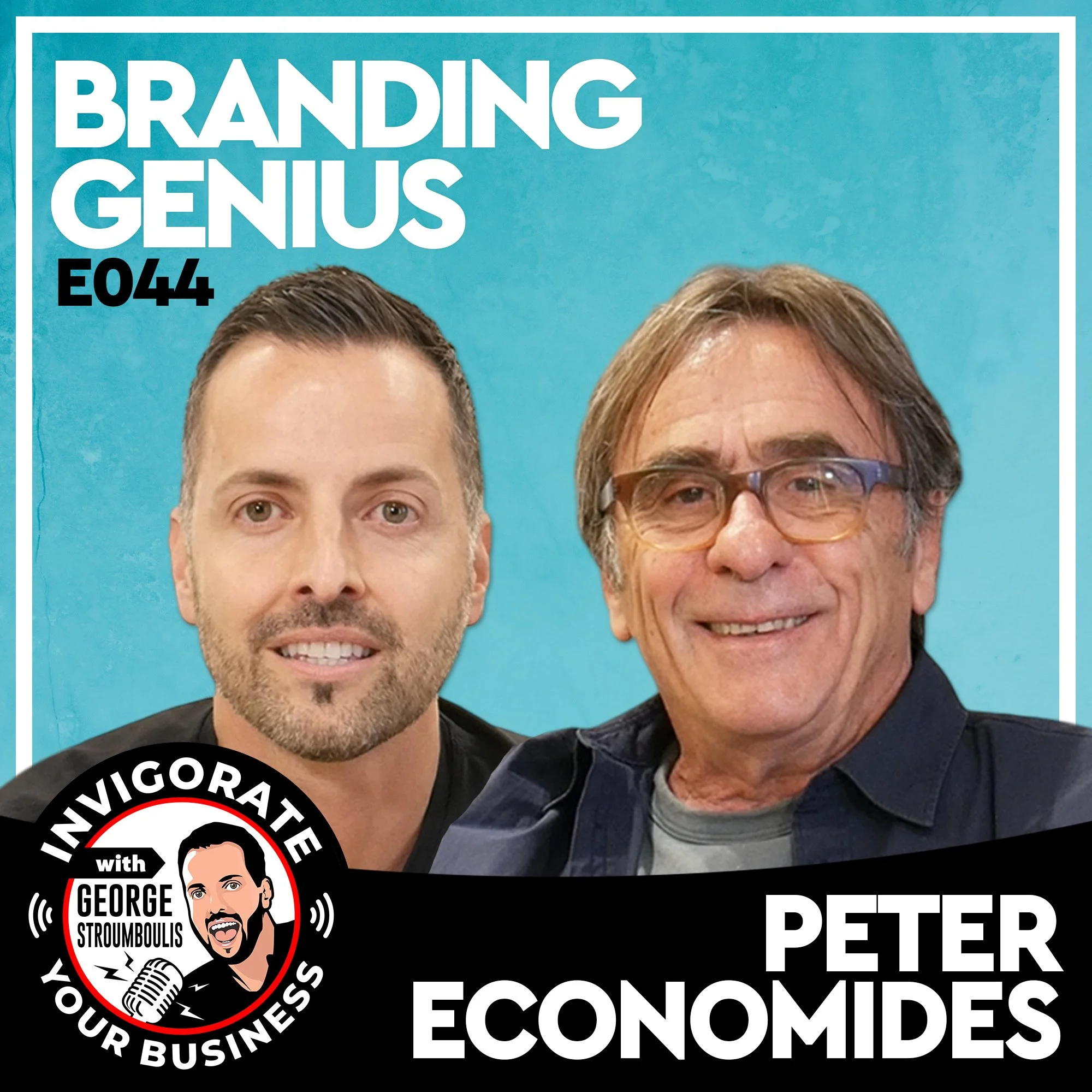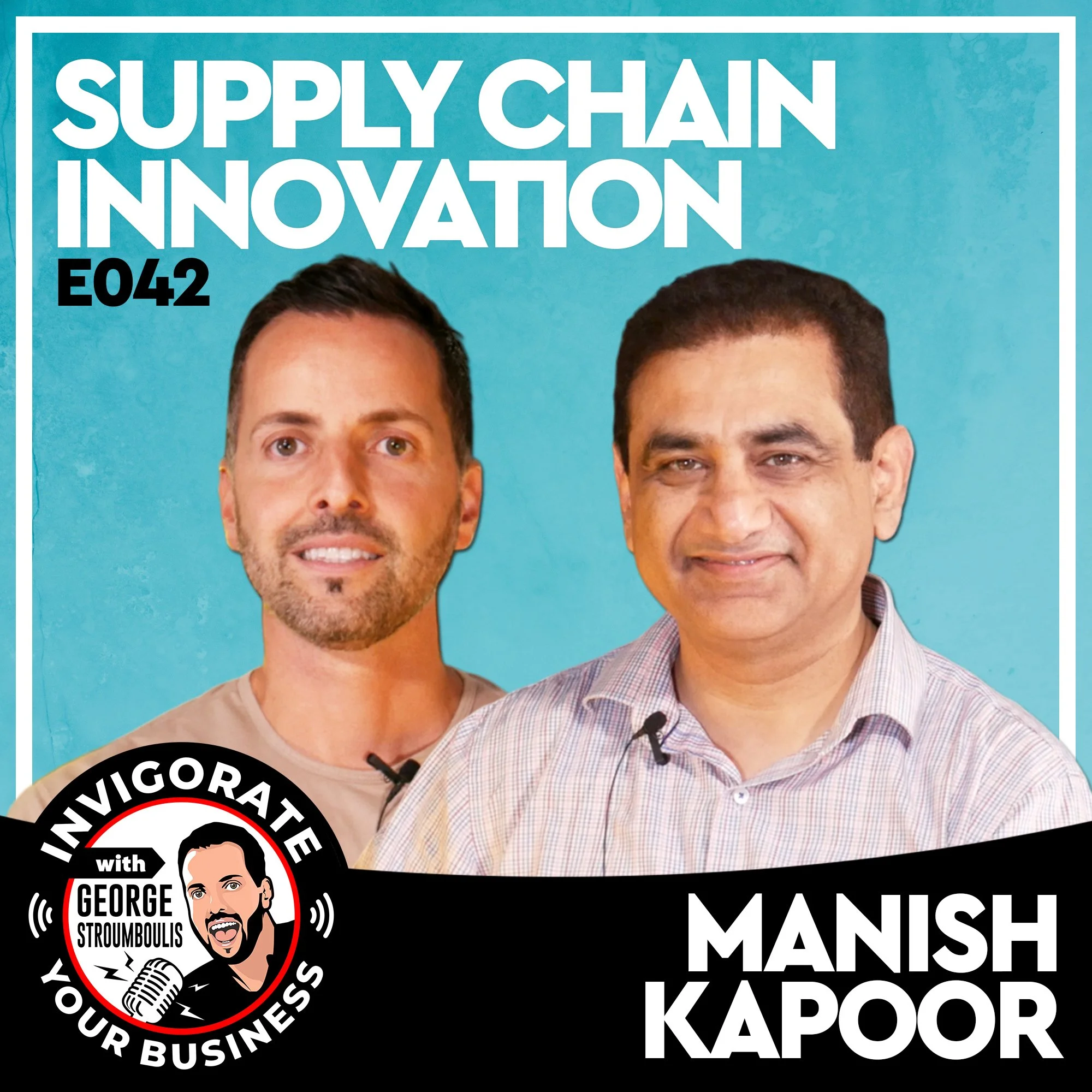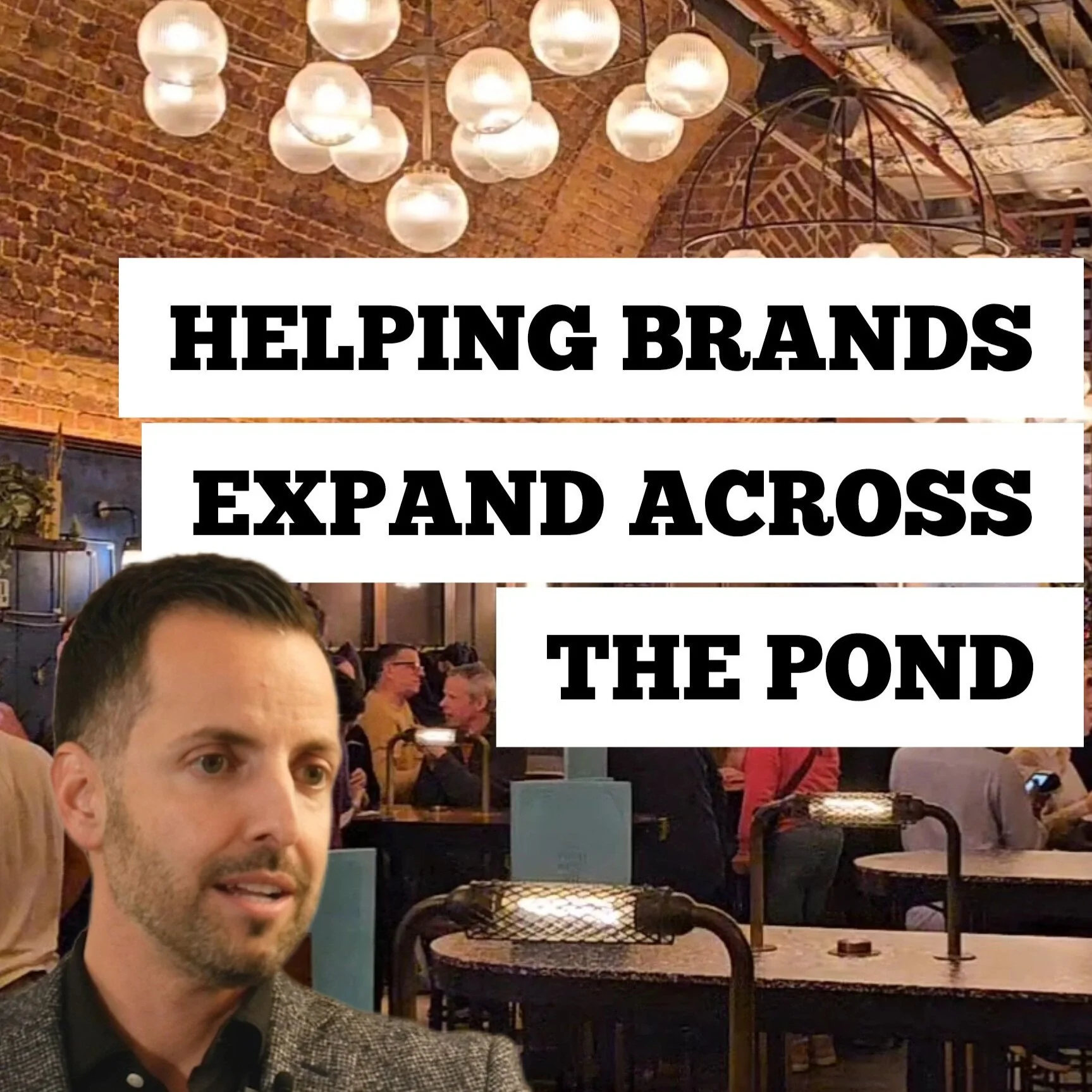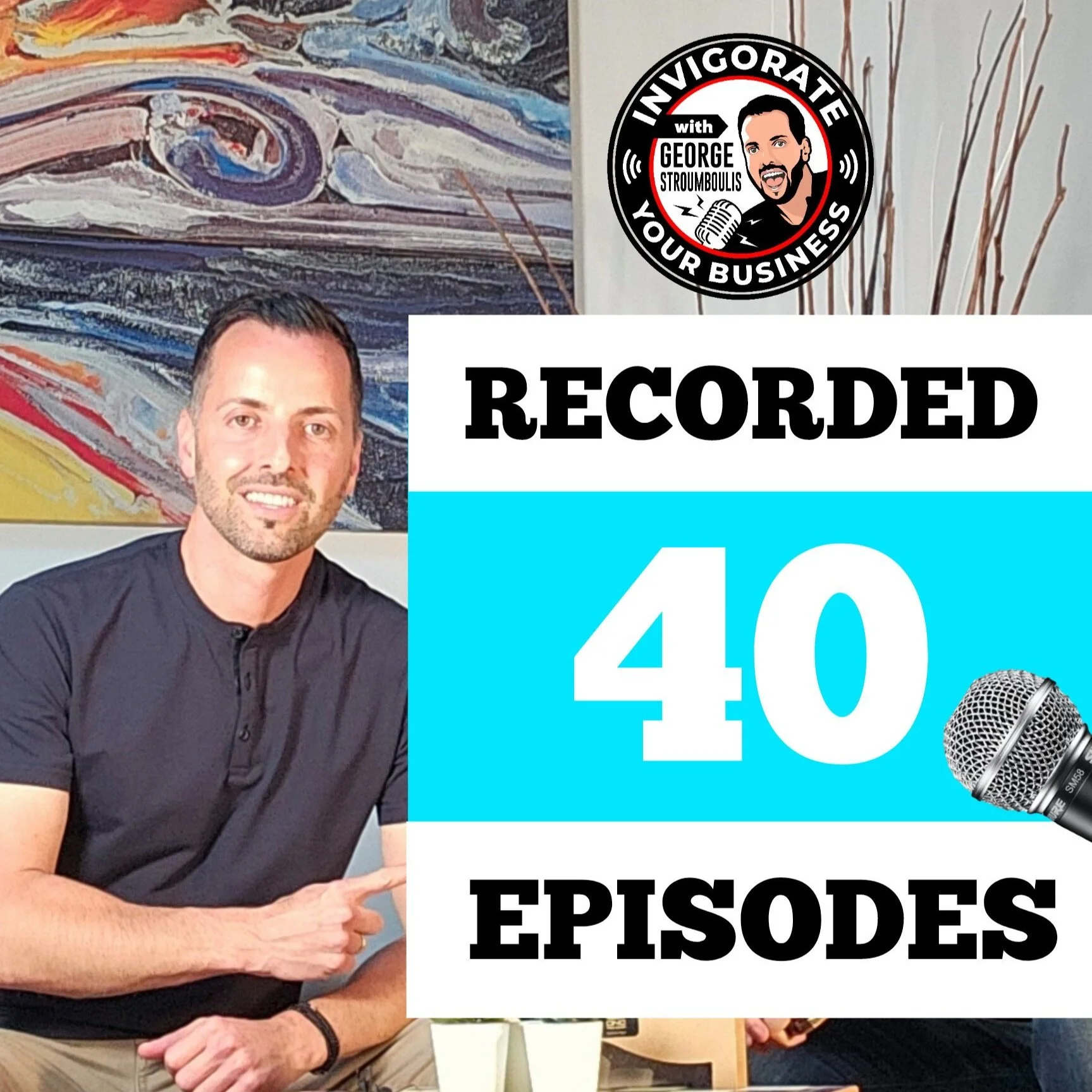WE WANTED TO MANUFACTURE IN AMERICA, BUT CHINA WON
“We launched our company in New York City. We have since expanded to several countries around the world, now including Athens, Greece to support our European business.”
WE TALK ABOUT MANUFACTURING IN CHINA ON A RECENT PODCAST EPISODE
George Stroumboulis: And we're no different. So to that point, when we launched this company, right? Custom decorative lighting was the genesis, the basis. And we explored, hey, what if we manufactured here in California? What if we look south of the United States and some of the Latin countries? And we weighed out what does it cost? And what we decided in the end, it’s very difficult because we don't offer a portfolio of a few products that don't change and we stock them and so on. Every project, every product is different. And when we started evaluating on the basic cost on creating molds. Every product is a different mold. Well, doing it over in China and creating that mold versus here, and we're talking 3, 4, 5x in many cases and a single product may have multiple molds. And we started looking at that and we realized, hey, we’re not a commodity driven manufacturing company. It didn't make sense up until recently to start looking over here. So that was why we were over there. And a lot of the times, anyone can go on their computer or their phone and check Alibaba and find any type of product. So a lot of the times you see now people think that they're experts in buying and procurement and, oh, I can get this lighting fixture. Yeah. There's a lot of crap out there. There's decent product as well you can buy. But what we did is, we manufactured in China, the majority of our products, but we own, the factory that we're manufacturing in, right? So we have our hub, we control the labor, we control the processes, what comes in and out. And we have this elaborate network of subcontractors from the different suppliers and the LEDs, like you said, some of them are being imported from Japan or South Korea. So we've created this hub where we truly control the process. It just happens right now. The economies of scale, the economics of manufacturing our products and what we're able to sell it to our clients makes sense for us to continue to produce there. And it’s been this crossing of paths right now on, yet we understand we have to manufacture there to do this, but we also know there's tremendous pressure from our clients here in the United States, North America on made in America, bring manufacturing back home. And it's a very technical balancing act in trying to make sure and just really quick on that, years ago at the last startup, I was in a client meeting and it was a big retail brand. And I remember sitting in the meeting and there was someone who was sitting across the table and just certain people you sit with and you know, they just don't want to do business because they have their partners. And, I remember we're talking and we're talking about why we're so good in our products and everything. And I remember this gentleman across the table is like, well, you just make this in China. And he said it in such an aggressive way. And I'm like, we sure do. Yep. We manufacture in China. I go, where is your clothing manufactured? And he just kind of stood back and like looked at it. I go, I'm just curious. Like where do you manufacture your clothing, he’s like, China. I go, right, but you're still selling a good quality product the same way we make a good quality product. And it was just one of those things right now and it's got this stigma made in China and now politically it's escalated it. So talk to me about our next step, even though we manufacture in China, we've started in our New York facility, actually assembling and getting more creative in that aspect.
Chris Hartswick: Yeah. I mean, like you said, when we're focused on the decorative side, it's so difficult to be able to do a full manufacturing on our business model anywhere really, but especially here in the US. Because we have so many different materials that we use, we have so many different molding techniques that we use. We have so many different assembly techniques and installation and all of that requires such specialty equipment, knowledge on how to use the equipment, specialty engineering. And it's also important to note that when we went to China and being established in China, it wasn't, to your point before, we didn't just Google custom lighting China on Alibaba and go to the first three places. We went through…
George Stroumboulis: Which, by the way, a lot of people do and think that's what we're competing with. It's like great.
Chris Hartswick: Right. And even if they don't do that, most people think that's all you need to do. But, I mean, how many, I couldn't even answer the question. If we went through how many different suppliers we worked with and fired and got rid of and changed and moved because of, they weren't, whatever it was, the quality wasn't there. The negotiation wasn't there. The communication wasn't there. They were falling behind on lead times, whatever that is to get established anywhere, not just in China, is not something you can do overnight. Especially when you have a business model like we do. And every product requires a whole different level of skill. So to go back to your question, what are we doing here? Well, one, we've been starting to expand elsewhere in general, right? We've been looking in India specifically, been looking in parts of Eastern Europe, and parts of Mexico. So that involves not just having great suppliers, but also having a great team. In China, we have our engineering team.
Chris Hartswick: We have our own employees, our engineering team, our quality control guys. We have an entire team that, when we're manufacturing something at a molder, our, at least two engineers are sitting there at the mold. They're watching production get made, they're doing IQL of the products before it even comes off the line, before it even ships to our facility to assemble. You have to have that level of oversight and that level of control to make sure that you're not going to have problems later on even down the road warranty issues. So that's what we've already started doing, growing our European office using that as our central hub to get into India and Eastern Europe. We've been hiring in Eastern Europe, getting more engineers in there, so they can speak that local language and talk with those local suppliers.
George Stroumboulis: Yeah. Two weeks we're going to be over in southeast Europe surveying a possible partnership with some local suppliers there, these component suppliers.
Chris Hartswick: So it's not something that happens overnight. You got to build those cornerstones and building blocks to make sure that it all comes together. But it's something that we actively are working on and have been so that we can manufacture more and more. And when it comes to our more standard type products, our cylinders, our [Inaudible 14:33 – 14:34]. We do so much final assembly here. Molds come from all over the place, wherever that is. Electronics come from all over the place. But the final assembly of that we are able to do here.
George Stroumboulis: And by the way, just the way we engineer our products to be able to snap into place, different color temperatures, different beams, just being able to do that here and bring everything, 3D printing is the next wave of where we're going, which I want you to jump into by the whole 3D printing, additive manufacturing, which is becoming like the big term buzzword. You’re going to be speaking later this summer at an event down here in Southern California. So talk to us about the importance, like what were we hindered by before by being able to use 3D printing and develop different components with lighting from optic constraints from thermal management and where are we going right now? Because it's totally revolutionized the direction of this.
George Stroumboulis sits down for an internal episode in Newport Beach, California with Chris Hartswick in the Ideoli Group offices to talk about all things manufacturing.
CHECK OUT MORE: https://www.youtube.com/watch?v=Z3zeIBQIpFQ
IS IT BETTER TO MANUFACTURE IN CHINA OVER THE UNITED STATES OF AMERICA?
The decision of whether to manufacture in China or the United States of America depends on various factors and the specific needs of the company. Both countries have their own advantages and disadvantages for manufacturing, and the choice can vary based on the industry, the type of product, cost considerations, quality requirements, and logistical considerations. Here are some points to consider:
Manufacturing in China:
Lower Labor Costs: Labor costs in China are generally lower compared to the United States, making it more cost-effective for labor-intensive manufacturing processes.
Large Labor Force: China has a vast and skilled labor force, making it easier to find workers for manufacturing operations.
Economies of Scale: China has a well-developed manufacturing ecosystem with suppliers and subcontractors, enabling economies of scale and access to a wide range of components and materials.
Infrastructure: China has invested heavily in infrastructure, making it efficient for transportation and logistics.
Specialization: China has expertise in certain industries and specialized manufacturing capabilities that may not be readily available in the United States.
Manufacturing in the United States:
Quality Control: Manufacturing in the United States often allows for better quality control and adherence to higher quality standards.
Intellectual Property Protection: Some companies prefer manufacturing in the United States to protect their intellectual property rights better than in certain foreign countries.
Shorter Lead Times: Manufacturing in the United States may reduce lead times for delivering products to customers, especially for domestic markets.
Regulatory Compliance: Manufacturing in the United States may result in easier compliance with local regulations and standards.
Ethical Considerations: Some companies choose to manufacture in the United States to support local jobs and promote ethical manufacturing practices.
Ultimately, the decision to manufacture in China or the United States depends on a thorough analysis of factors such as production costs, product complexity, supply chain considerations, market demands, and the company's overall business strategy. Many companies find that a combination of both domestic and overseas manufacturing can provide a balanced approach that leverages the strengths of each region to achieve their production goals efficiently.
WHERE ARE MOST LED LIGHTING PRODUCTS PRODUCED?
The majority of LED lighting products were being produced in China. China has emerged as the global manufacturing hub for LED lighting due to various factors, including its extensive manufacturing infrastructure, large labor force, cost-effectiveness, and established supply chains for LED components.
Chinese manufacturers have invested heavily in LED technology and production capabilities, enabling them to offer a wide range of LED lighting products, including bulbs, fixtures, panels, strips, and more. Many well-known global LED lighting brands source their products from China or have manufacturing facilities in the country.
However, it's essential to note that the LED lighting industry is dynamic, and production trends may have evolved since my last update. Some LED lighting products might also be manufactured in other countries, such as Taiwan, South Korea, Vietnam, India, and certain European countries, as companies seek to diversify their supply chains and tap into regional markets. As technology advances and global market dynamics change, the distribution of LED lighting production may continue to evolve.
WHAT DOES THE TRADE WAR LOOK LIKE BETWEEN CHINA AND THE USA?
The trade war between China and the USA was ongoing but had seen some developments and shifts in approach. The trade tensions began in early 2018 when the United States imposed tariffs on certain Chinese goods, and China retaliated with its tariffs on American products.
Key points about the trade war between China and the USA:
Tariffs and Trade Barriers: The trade war mainly revolved around the imposition of tariffs on each other's goods. The USA imposed tariffs on billions of dollars' worth of Chinese goods, ranging from electronics and machinery to steel and aluminum. In response, China imposed tariffs on various American products, including agricultural goods, automobiles, and chemicals.
Tech and Intellectual Property: The trade war also involved disputes over technology transfer and intellectual property rights. The USA accused China of unfair practices related to forced technology transfers from American companies operating in China and intellectual property theft.
Phase One Trade Deal: In January 2020, the USA and China signed a Phase One trade deal, which aimed to de-escalate the trade tensions. As part of the deal, China committed to purchasing more American agricultural and manufactured goods, and the USA agreed to reduce some of its tariffs on Chinese goods.
Continuing Tensions: Despite the Phase One trade deal, some underlying tensions remained. Both countries had not completely resolved their differences on key issues like technology transfer and intellectual property protection, and additional tariffs remained in place.
COVID-19 Pandemic Impact: The COVID-19 pandemic further complicated the trade relationship between the two countries. Accusations and blame from both sides regarding the handling of the pandemic added to the strained relations.
Evolving Geopolitical Landscape: The trade war between the two economic giants also had broader geopolitical implications. It affected supply chains, international investment, and global economic stability.
It's important to note that trade relations between China and the USA are subject to change, and new developments may have occurred since my last update. Trade negotiations and the overall relationship between the two countries continue to be closely watched by the international community, as any significant shifts can have widespread implications for the global economy.

